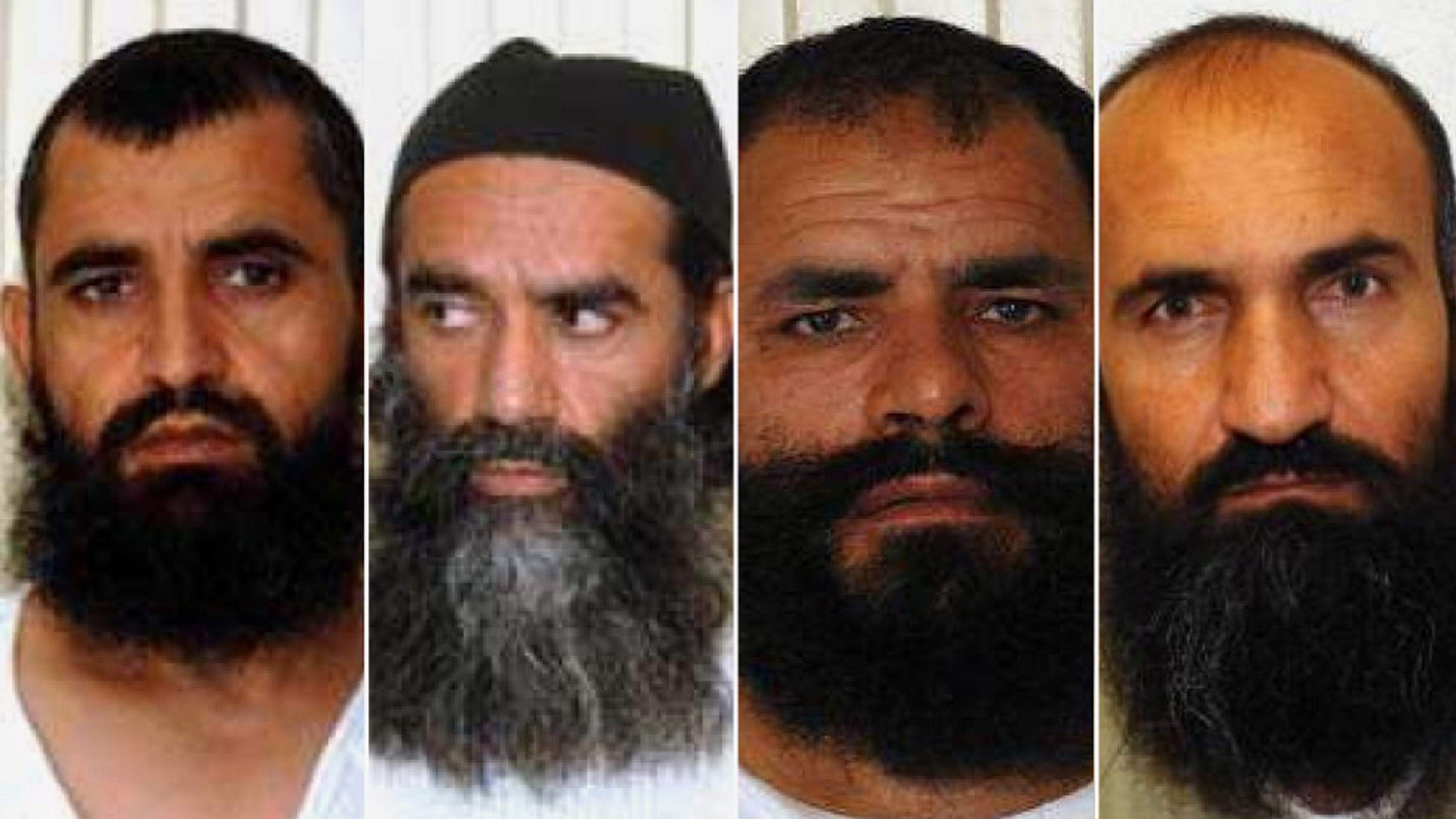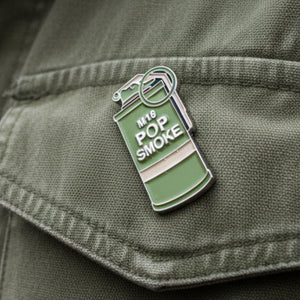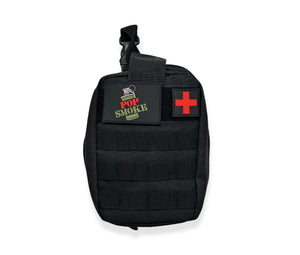Taliban traded for Bergdahl now running Afghanistan
According to the Afghan television network TOLOnews, the inchoate Taliban government gave leadership positions to Khairullah Khairkhah, Noorullah Noori, Abdul Haq Wasiq, and Mohammad Fazl.

Each of these individuals were released in a 2014 deal between the Obama administration and the Taliban in exchange for Bowe Bergdahl. At that point, the Taliban had held Bergdahl prisoner for nearly 5 years after his initial capture in 2009.
“Temporary” appointments
Khairkhah is now the acting minister of information and culture, Noori is the acting minister of borders and tribal affairs, Wasiq is the acting director of intelligence and Fazl is the defense deputy minister.
Gear Spotlight: Relevant to This Story


These four are a part of the larger “Taliban Five” who the Obama administration released from Guantanamo Bay in exchange for Bergdahl. The only one missing here is Mohammed Nabi Omari, who was appointed as the governor of the eastern Khost province last month.

While these appointments yield considerable amounts of power, Taliban spokesman Zabiullah Mujahid stated that they are only temporary. Mujahid did not mention specifics regarding longevity or what would be the cause for eventual replacements.
This news has been met with a wide array of responses, most of which are negative. Many feel that the trade amounted to a loss, as Bergdahl admitted to deserting his post and ended up being dishonorably discharged for that fact.
“The highest high-risk people”
While Bergdahl’s life managed to remain intact, many feel that the lives threatened by those he was swapped for amount to a greater risk. Which is understandable, given that all five of them now wield significantly more power than when they were first released in 2014.
The late Sen. John McCain (R-Ariz.) told CBS’ “Face the Nation” during the time that the Taliban Five were “the hardest of the hard-core” and “the highest high-risk people.” And he did not simply surmise that fact either.
In 2010, President Obama’s Executive Order Task Force identified the Taliban Five for “continued detention,” meaning that they were considered too dangerous to release.
Despite that classification, the transfer was initiated anyways. The House Armed Services Committee (HASC) found numerous risks involved with the transfer, which were highlighted in a late 2019 report.
The report’s conclusion acknowledged that, while they were certainly present, the risks could not be weighed against the safe return of Bergdahl. The main complaint by Republicans who felt the transfer was unlawful, was that the Obama administration subverted the statutory requirement of notifying Congress 30 days before the transfer.
The HASC concluded: “As gravely disappointed as we may be over the Administration’s failure to comply with a statutory notice requirement, the majority’s nakedly partisan effort to indict the Administration and to second guess its decisions, in hindsight, while simultaneously expressing relief that the benefit of Sergeant Bergdahl’s safe return was in fact achieved, is as unfair as it is wrong”
“The United States of America does not ever leave our men and women in uniform behind,” Obama said at a Rose Garden ceremony announcing Bergdahl’s release on May 31, 2014.
Who were they before the Bergdahl swap?
Wasiq, Fazl and Khairkhah all held positions in the former Taliban government. Wasiq was the deputy intelligence chief, Fazl was the army chief of staff and Khairkhah was the interior minister.
Fazl and Noori, who was governor of two northern Afghan provinces during the earlier Taliban regime, are accused of ordering the 1998 massacres of ethnic Hazara, Tajik and Uzbek communities in Mazar-i-Sharif.
Khairkhah, who helped found the Taliban in 1994, was the governor of western Herat province between 1999 and 2001. U.S. military leadership also found that Khairkhah was well-known as one of the “major opium drug lords in western Afghanistan.”
Sirajuddin Haqqani, who also fits into the trend of recruiting tactics for the new governing body of Afghanistan, is the new acting interior minister in the Taliban government. Haqqani is on the FBI’s most-wanted list with a $5 million bounty on his head. He is believed to still be holding at least one American hostage.
Haqqani headed the Haqqani network, named after his family, which is blamed for countless deadly attacks and kidnappings in Afghanistan.













